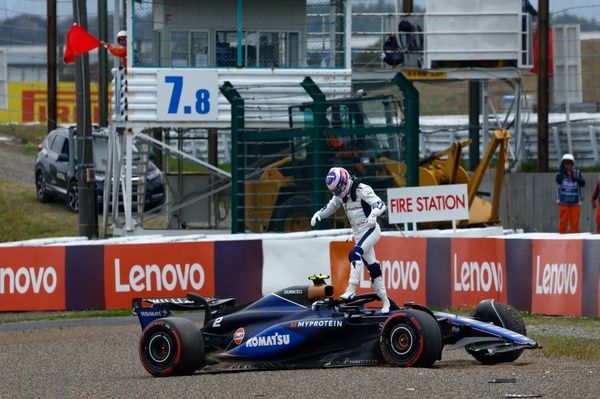
How much did Formula 1 teams spend in 2016?
Formula 1's £1,720,000,000 question: Where do F1 teams get their money from? Our annual study of F1 budgets reveals that despite income struggles, the teams have been spending more in 2016 than they did in 2015
On the surface, Formula 1's global revenues are on an upward trajectory: the recent Liberty Media deal placed an enterprise value of $8 billion (£6.15bn) on the sport via 2015 annual revenues of around $1.8bn/£1.39bn. Of that, 10 teams shared approximately half (though it wasn't divided equally); their collective slice amounts to $883million/£680m, paid in 10 monthly instalments during 2016.
The Liberty transaction should result in the US-based, NASDAQ-listed entity with interests in sport, events and media acquiring control of F1's commercial rights after completing the second phase of a stock-purchase agreement by mid-2017. But the bullishness surrounding the deal deftly camouflages real concerns about F1's sustainability unless it moves away from a creaking business model still rooted in the 1980s.
Share Or Save This Story
Subscribe and access Autosport.com with your ad-blocker.
From Formula 1 to MotoGP we report straight from the paddock because we love our sport, just like you. In order to keep delivering our expert journalism, our website uses advertising. Still, we want to give you the opportunity to enjoy an ad-free and tracker-free website and to continue using your adblocker.

















